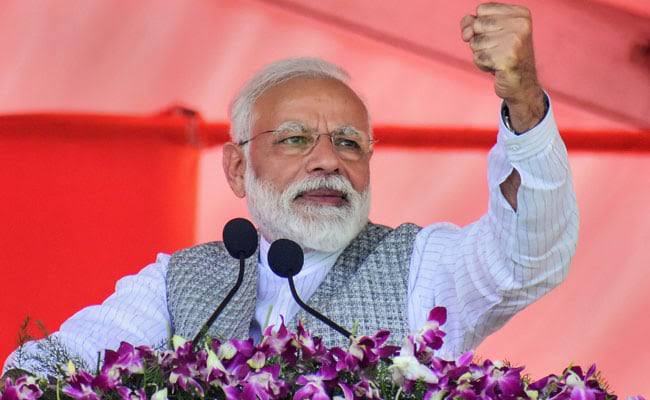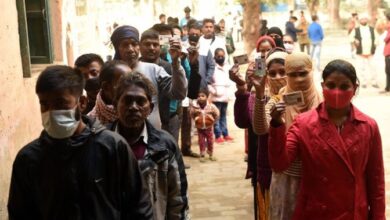Does Varanasi symbolize BJP’s confidence in Uttar Pradesh?

Recently candidates supported by BJP won 66 of the 75 Zila Panchayat Chairman elections conducted in Uttar Pradesh. Around 21 of them got elected unopposed, including Varanasi, which is PM Modi’s parliamentary constituency.
Interestingly Varanasi showcases BJP’s confidence in Uttar Pradesh, as the gateway to the power corridors of India.
PM Modi’s visit to Varanasi before the upcoming assembly polls in the state holds significance. Uttar Pradesh is expected to go for polls between February and March next year. Excluding the 2004 elections, Varanasi has always been with BJP since the party’s rise to political significance in 1989.
Previously the Varanasi constituency saw below 50 percent poll percentage in every election since 1991. But with PM Modi as the face of BJP, it increased to 58.35 percent in 2014. In 2019, it further increased to 59 percent thus increasing the gap between PM Modi and the runner-up.
Moreover, the number of votes PM Modi got in the 2014 and 2019 elections was the highest for a Lok Sabha winner. Also, PM Modi’s victory margin in 2019 is 45.22 percent. Historically is the second-highest in the constituency after the 1977 elections. The victory that particular year came with a margin of 49.4 percent.
The result depicts that the residents supported PM Modi’s development work between the period 2014 and 2019. Also, the result reflects public approval in the 2017 elections. Why? It is because BJP won all five seats under the Varanasi Lok Sabha constituency.
Thus in the entire state, BJP won 312 assembly seats covering 40 percent of the vote share.
BJP AND VARANASI
It all began in 1984. Party candidate Om Prakash Singh finished fourth and stood with 12.7 percent votes. Soon it became a winning trend in 1991 when Shreesh Chandra Dixit secured 41 percent votes. Significantly it was 9 percent more than the runner-up.
Furthermore, in the general elections of 1996, 1998, and 1999 we saw Varanasi electing BJP candidate Shankar Prasad Jaiswal. He began with around 45 percent of the vote share. But it slid to 33 percent in the 1999 polls and lost the 2004 elections to Rajesh Mishra (Congress candidate)
Jaiswal’s loss in the 2004 elections was seen more as BJP’s loss rather than a Congress win. Voters sent a clear message to the party that they should not be taken for granted. Otherwise, BJP should be ready for change if they continue not to perform.
According to the 2009 Lok Sabha results, Rajesh Mishra didn’t live up to the expectations. BJP on the other hand campaigned for veteran Murali Manohar Joshi from Varanasi. Indeed that victory was neither easy nor comfortable.
Thus, we see a narrow margin in Joshi’s win. BJP won with just 17,000 votes depicting that the voters had not fully forgiven the party.
To illustrate BJP’s nationalism pitch and the Ram Temple Movement has done its magic in Varanasi.
THE 2014 CAMPAIGN OF BJP
The BJP, under the leadership of PM Modi, played the masterstroke. PM Modi thus shifted his constituency to Varanasi. Appealing to the voters nationally that he was accepted all across the country.
Emphasizing PM Modi’s election campaign, we see that it was a good mix of development, nationalism, and the Ram Temple masterstroke.
Thus, BJP became the first party to win majority seats in the Lok Sabha elections post 1984.
We can conclude, that Uttar Pradesh was the major reason behind the outstanding performance of BJP in the 2014 and 2019 elections.
With Varanasi, having PM Modi as its political representative was the symbolic representation of it.
Also Read: Zika Virus outbreak in Kerala: new concern in India
Confirmed: OnePlus Nord 2 5G will be powered by MediaTek Dimensity 1200 SoC
Google removes nine apps from Play Store for stealing Facebook passwords






2 Comments